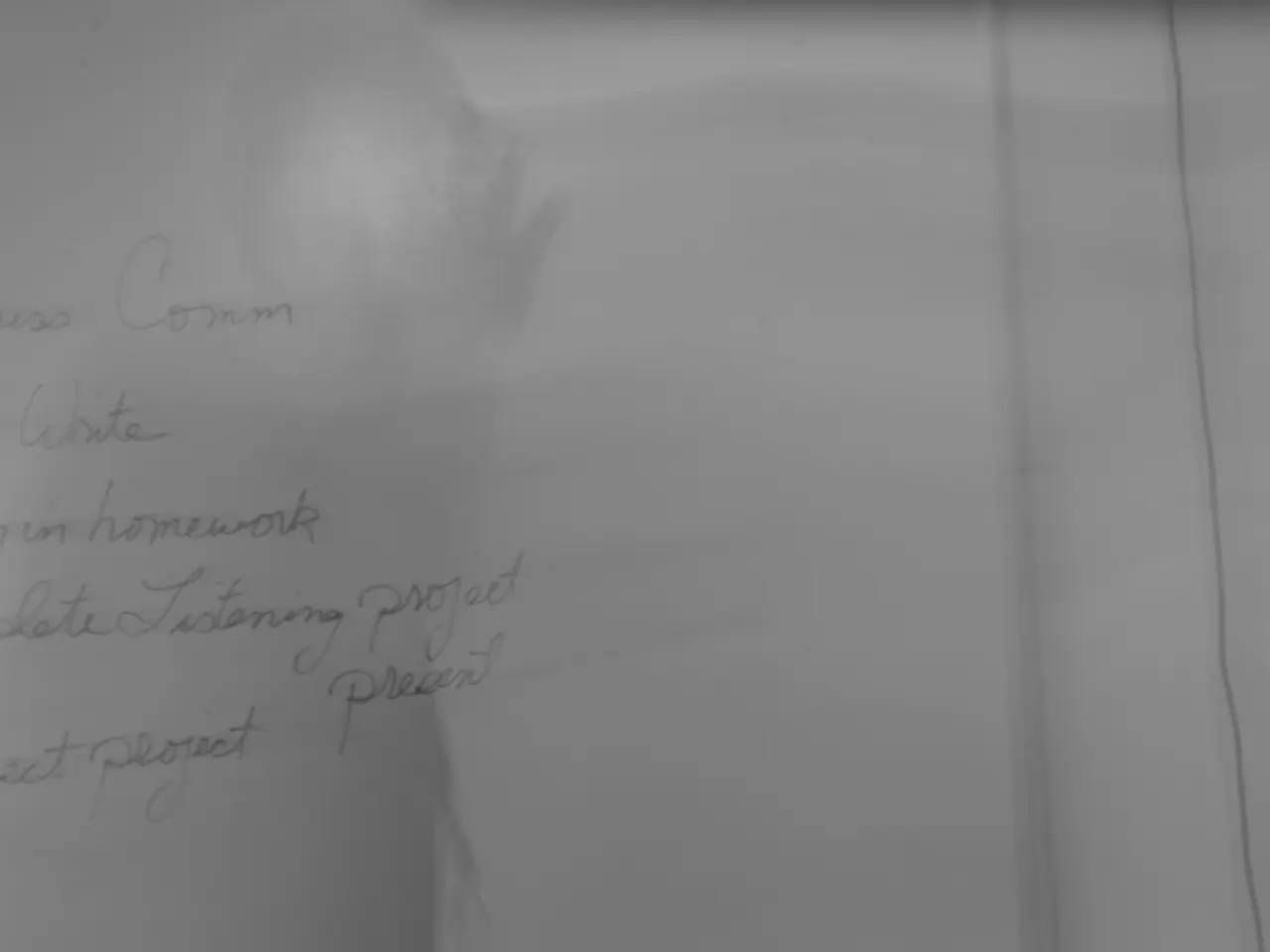Understanding Citation Styles: The Choice of Citation Style Depends on the Academic or Professional Context
In the realm of academia, where precision and efficiency are paramount, a new platform is making waves as a comprehensive AI writing toolkit. This innovative tool is designed to help students and researchers write better and faster, offering a suite of features that cater to various aspects of the academic writing process.
The platform provides accurate academic translations, rewriting support, grammar checks, vocabulary suggestions, and generative AI assistance. One of its standout features is an integrated reference finder and citation generator, simplifying the often laborious process of citation management.
Users of this platform have the flexibility to customise their citation style by clicking on the quotation icon. The platform supports over 10,000 citation styles, ensuring compatibility with a wide range of academic disciplines.
For those seeking premium features, including consistency checks, plagiarism detection, and 30+ submission readiness checks, these are available starting at just US$25 a month.
The platform's in-built citation library allows users to save and retrieve citations, making the process of referencing sources more streamlined.
Common academic citation styles each have unique characteristics suited to different disciplines. For instance, the APA style, predominantly used in social sciences, nursing, health, and related fields, employs an author-date in-text citation system and arranges the reference list alphabetically by author surname. The MLA style, popular in humanities, especially English and language studies, uses a simpler in-text citation system and also arranges the final list alphabetically.
The Chicago Style, widely used in history, art, philosophy, and humanities generally, offers two systems: Notes and Bibliography (footnotes or endnotes plus bibliography) and Author-Date. The Vancouver Style, used mainly in biomedical and scientific fields, employs numbered citations within the text that correspond to a numbered reference list arranged by order of appearance.
The AMA Style, specific to medical and biological sciences, uses superscript numeric citations linked to a numbered reference list, while the IEEE Style, common in engineering and computer science, uses numeric citations enclosed in square brackets. The ASA Style, used in sociology and social sciences, relies on parenthetical author-date citations with an emphasis on clarity and simplicity.
Citing sources is crucial in academia to maintain integrity and consistency in academic discussions. The platform automatically formats citations according to the chosen style, ensuring accuracy and saving users valuable time.
The platform is free to sign up and use, making it an accessible solution for students and researchers alike. Early career researchers should, however, check their department or institution's preferred citation style and the specific citation style requirements of journals they submit to.
In conclusion, this AI writing toolkit offers a game-changing approach to academic writing, providing a one-stop solution for translation, writing assistance, and citation management. By automating many of the tedious aspects of academic writing, it allows users to focus on what truly matters: the content and the ideas they are trying to convey.
- This AI writing toolkit offers a suite of features that cater to various aspects of academic writing, including an integrated reference finder and citation generator for simplifying citation management.
- The platform's in-built citation library allows users to save and retrieve citations, making the process of referencing sources more streamlined.
- The platform provides accurate academic translations, offering language editing support and generative AI assistance to help students and researchers write better and faster.
- This innovative tool is designed for education-and-self-development, providing subscription plans starting at US$25 a month for premium features such as plagiarism detection and 30+ submission readiness checks.




